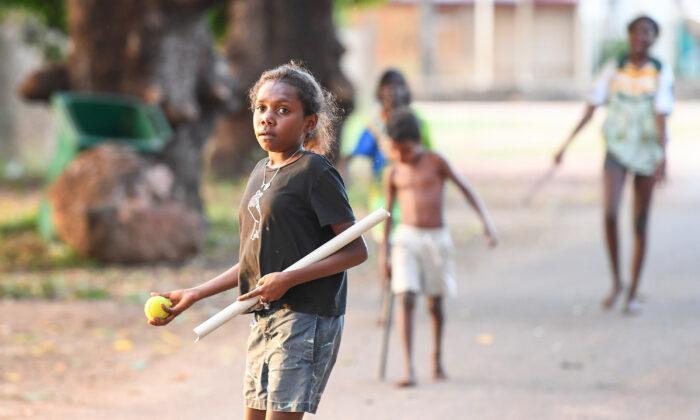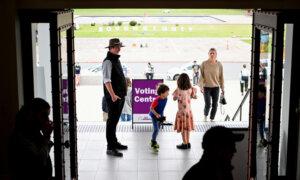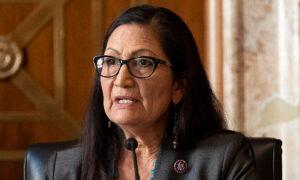The Queensland government has committed to the funding of a Starlink satellite program to address what it calls the “digital exclusion” of remote Indigenous communities.
Seventeen Indigenous councils in isolated areas will receive $45,000 (US$30,000), out of a $1.25 million commitment, to fund the Rapid Low Earth Orbit (LEO) Satellite Deployment Program which provides satellite equipment, installation and ultimately better broadband connectivity to First Nations people.
The funding is part of the Miles government’s $120 million pledge to the Digital Economy Strategy Action Plan.
It will act as a stop-gap measure while “longer term, larger infrastructure projects are delivered to increase digital inclusion,” said a government statement.
First Nations communities in Australia face significant challenges in accessing and benefiting from digital technologies. This digital divide disadvantages the communities by limiting opportunities for education, employment, healthcare, and social connection.
Minister for Digital Services Bart Mellish said closing the divide was a priority for the government and said they “recognise the importance of First Nations rural and remote communities having equal levels of digital access and being included. ”
The funding will be administered in conjunction with the Local Government Association of Queensland. Its CEO, Alison Smith, said the funding was imperative to see real change at the coalface.
“We cannot expect to make progress on closing the gap until First Nations communities and councils have the same internet and phone services that allow for everyday, modern-day connections—to make emergency calls for help, keep in contact with loved ones, let kids complete their research homework, or families shop for better deals online in the cost-of-living crisis,” she said.

Cause And Effect Of Digital Exclusion
Many First Nations communities are located in remote or rural areas where internet infrastructure is limited or non-existent.This lack of connectivity hinders access to online services and digital resources and can impact people’s ability to upskill within the realm of digital literacy, limiting education, employment prospects, and isolating them from essential health services and broader cultural outreach.
Further, the high costs of internet access, devices, and data plans can be prohibitive for many First Nations families. Economic disadvantage compounds the challenge of staying connected in a digital world.
According to a 2017 Australian Digital Inclusion Index report, Queensland was ranked sixth out of eight states and territories in online participation. It also identified a major city-to-country gap in terms of internet accessibility.
Indigenous people scored 47.4 on the ADII against a statewide average of 56.3 and fared even worse against the national average which is two points higher than Queensland.
An updated 2022 study showed while connectivity had improved for rural Indigenous people, but they were again well behind the national average which has grown to three-quarters of the population.
Programs are in place to help narrow the gap.
The IDX Initiative, a partnership between the National Centre of Indigenous Excellence (NCIE) and the Telstra Foundation, aims to build digital skills and capabilities in First Nations communities through workshops, events, and programs.
Meanwhile, Better Internet for Rural, Regional, and Remote Communities advocates for improved connectivity.
Cherbourg Aboriginal Shire Council Mayor Bruce Simpson said the Starlink funding “opens up digital opportunities for our children, including reliable access to education for school assignments through to university courses and distance education.”
“Let’s continue to open the right doors together,” Mr. Simpson said.







